More results...
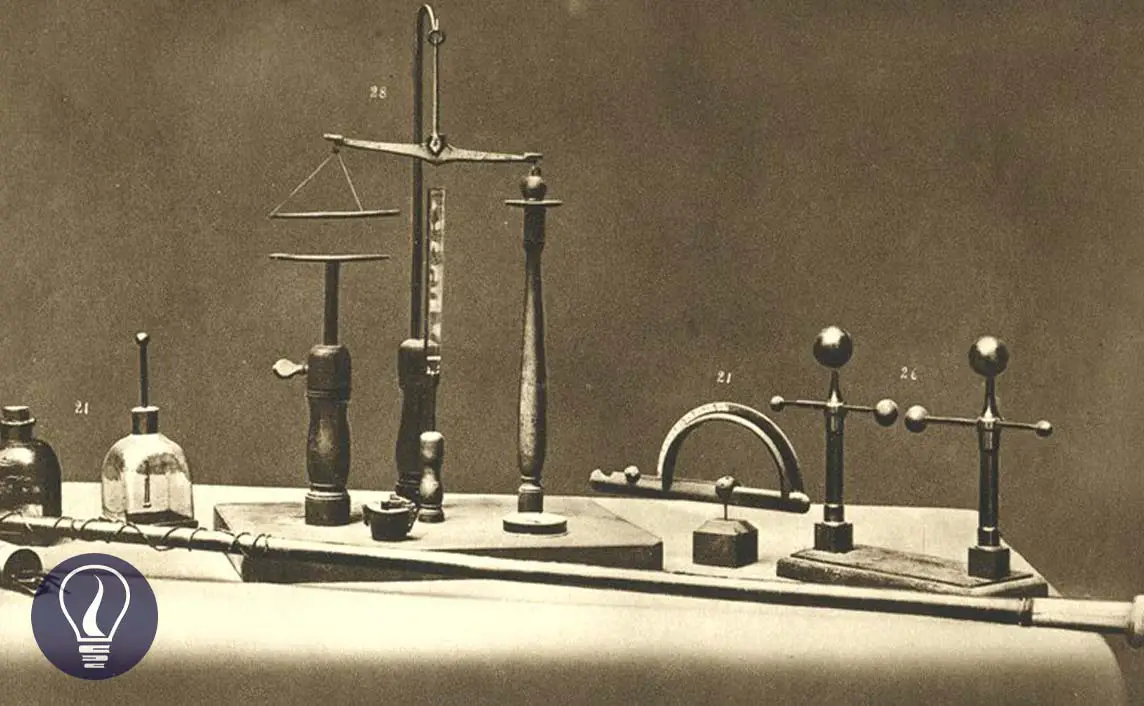

A static electric field also known as an electrostatic field is a region that can affect the static electric charges without any contact or gravitational field. An electric field is generated due to two types of electrostatic charges. Those are positive charges and negative charges. The smallest possible negative charge is the electron. And the smallest possible positive charge is the proton.
Charge of electron = – 1.60217663 × 10-19 C
Charge of proton = +1.60217663 × 10-19 C
Generally, objects are neutral. That means there are equal amounts of negative and positive charges in the object. When objects are charged, only electrons can be removed or added to the object. If the electrons are removed from the object, the object becomes positively charged. The object becomes negatively charged if the electrons are added to the object.
We can find the charge of any positively charged object as follows.

Where,
We can find the charge of any negatively charged object as follows.

Where,
The SI unit of the electric charge is Coulomb (C).
There are three methods by which an object can be given a static electric charge. They are
When rubbing two objects, due to the friction, electrons are removed from one object and added to the other object.
E.g.

Objects with similar charges repel each other and objects with opposite charges attract each other. (The Coulomb Force)
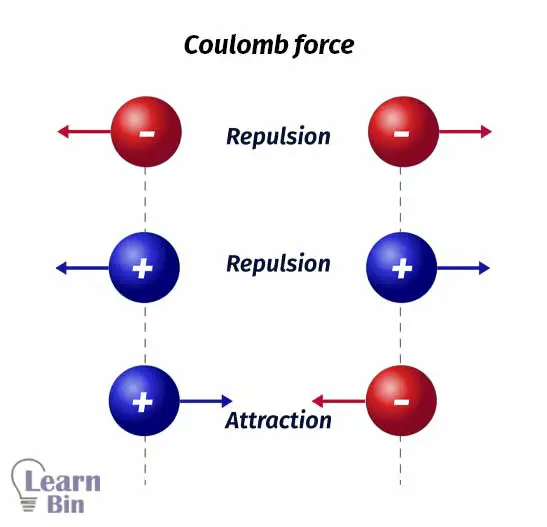
We can charge only electrically conductive materials by the contact method. When two electrically conductive objects with charge touch each other, electrons move moving one object to another until the electric potential becomes the same. If the two objects are identical, charges are shared equally.
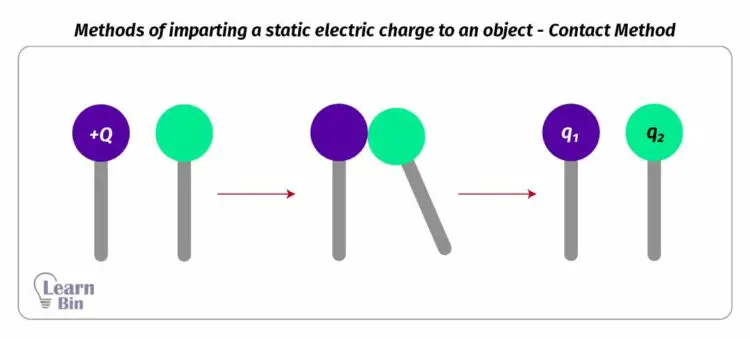
Example 01 - Calculating the electric charge of an object
There are two conductive balls A and B. The electrical charges of the two balls are -97 e and +3 e. A and B are touched together instantly and separated. If A and B are identical what is the charge of each ball?
Solution
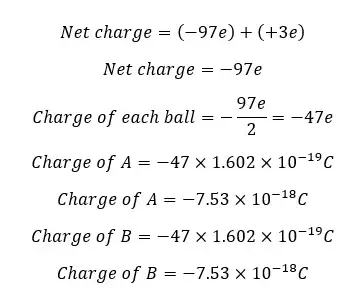
We can find whether there is a charge in an object by a pith ball experiment or using a gold leaf electroscope.
Pith balls are small, lightweight balls (mostly made out of Styrofoam) that are coated with a conductive coating. A pith ball which is freely hanging by an insulating thread approaches an object, if the pith ball attracts to the object, the object has a charge.
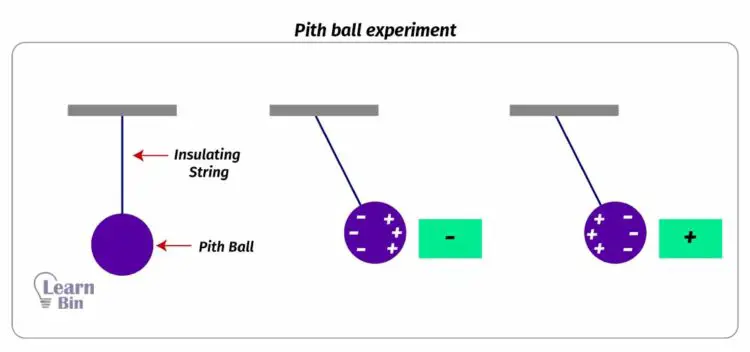
If the pith ball is attracted to the object and repels again after contact, then the object is a conductor. If the pith ball remains attracted to the object after contact, the object is an insulator.

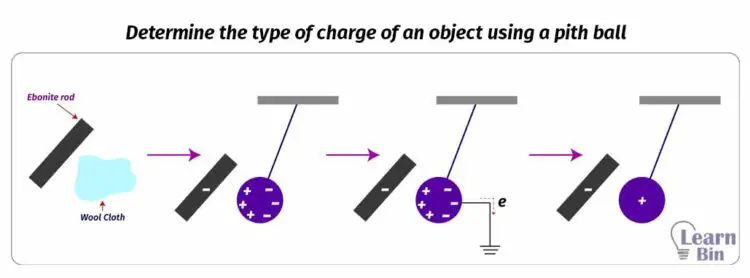

The cover image was designed using an image by Dr.Antonio Carlos Mde Queiroz, licensed under Creative Commons Attribution-Share Alike 4.0 International, via Wikimedia Commons